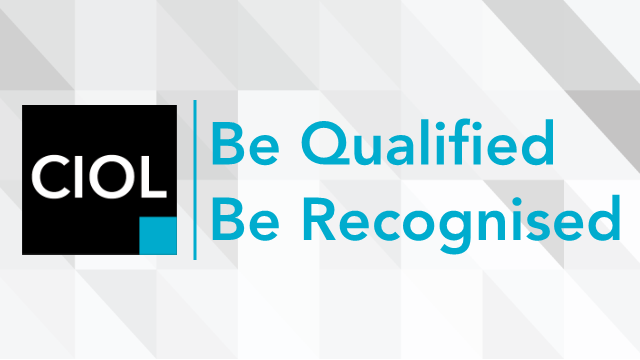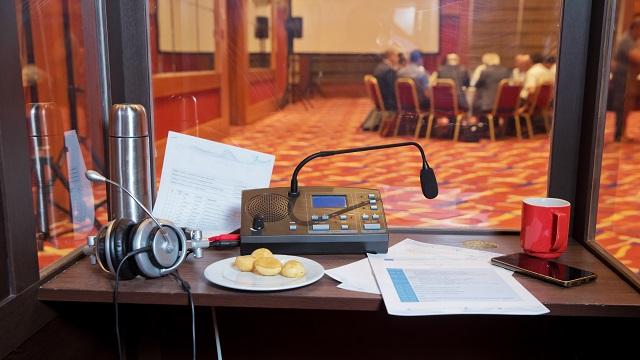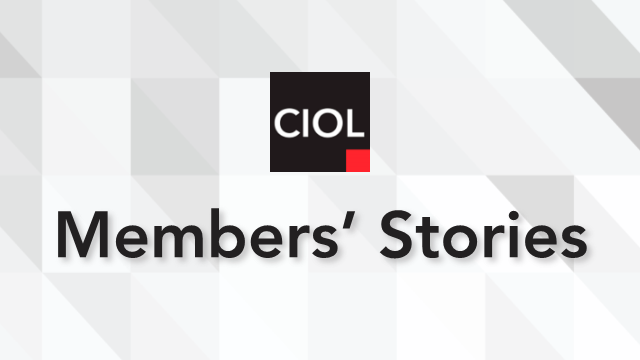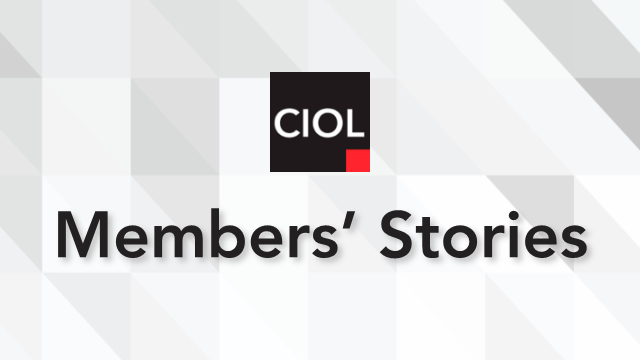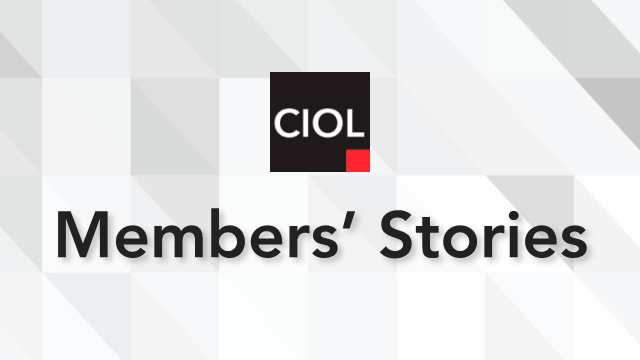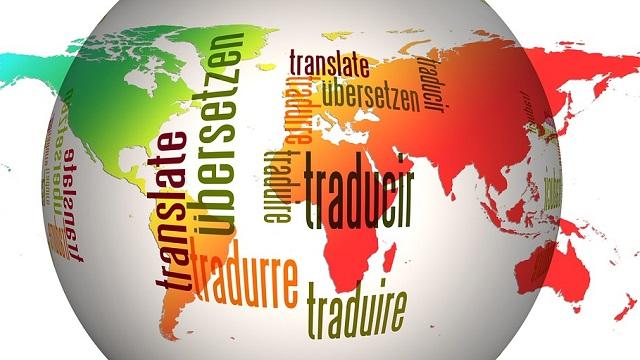-
QUALIFICATIONS
- For Linguists Worldwide
- For UK Public Services
- Preparation
- Policies & Regulation
-
MEMBERSHIP
- Join CIOL
- Membership grades
- NEW for Language Lovers
- Chartered Linguist
- Already a member?
- Professional conduct
- Business & Corporate Partners
-
ASSESSMENTS
- For Second Language Speakers
- English as a Second Language
-
EVENTS & TRAINING
- CPD, Webinars & Training
- CIOL Conference Season 2025
- Events & Networks
- CIOL Mentoring
-
NEWS & VOICES
- News & Voices
- CIOL eNews
- CIOL Awards
- The Linguist
- Jobs & Ads
-
RESOURCES
- For Translators & Interpreters
- For Universities & Students
- Standards & Norms
- CIOL & AI
- All Party Parliamentary Group
- In the UK
- UK Public Services
- Find-a-Linguist
Bringing membership to life: From auction house business director to academic editor and translator
By Dr Susanne Meyer-Abich
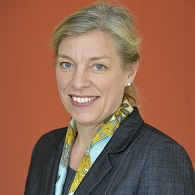
Dr Susanne Meyer-Abich (MCIL)
English/German
In 2016 I started as an editor for a new publication: the Journal for Art Market Studies, an English-language Open Access journal at the art history institute at Technische Universität Berlin.
I had not worked as an editor before, let alone with Open Access (or with Open Journal Systems), and I had worked outside of academia since my degree. I also lived in London at the time, but my job as Business Director had been made redundant earlier that year. On the plus side, I had a PhD in art history, in-depth knowledge of the art market, an aptitude for IT systems, some experience with InDesign, and I had my DipTrans from 2013. I am bilingual and had translated as a sideline for much of my life, but the DipTrans had finally given me the confidence to identify as a language professional, and by then I had already completed two published book translations. I applied, got the job, and found a rental flat in Berlin.
For each themed issue of the online journal, I work with a guest editor from the academic world. We either contact authors directly, put out a call for papers, or a mix of both. We review abstracts and plan the issue. The whole process could be run and managed through the website, though I mainly use it as a central repository as I do not manage a big team. The IT side was quite a learning curve, which still continues.
Once an article comes in, the best part of my job is to read it. Art history deals with so many aspects, geographies and centuries that I am constantly learning about new research and the latest publications. The next step is to send the article to knowledgeable peer reviewers. Coming from the commercial world, I am always delighted and grateful to see how generous academics are in giving us their time and expertise. Articles inevitably benefit from these reviews, as it helps to get another perspective. Once the article is finished, I do some polishing on the linguistic side before putting it into layout for PDF and HTML, adding images or charts as required. Even though we are based in Germany, we publish in English because we reach so many more readers that way – we receive abstracts from all over the world.
As an ambidextrous translator in the sense of feeling equally at home translating English to German and vice versa, I also translate some of the articles myself, as it can be quicker than editing someone else’s work if the terminology is very technical. As a freelancer, I have built up a niche business for academic art history translations, mainly for scholars, art dealers, and museums. My years spent in an Old Master Paintings department and in a Restitution department come in particularly handy, as some of the specific terms (understandably) are not part of general usage. I consider myself extremely fortunate with the variety and the intellectual rewards of my work life, and the DipTrans helped to get me started.
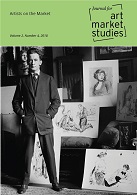
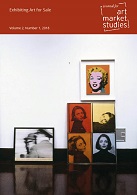
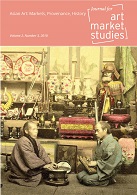
More
The Chartered Institute of Linguists (CIOL), Incorporated by Royal Charter, Registered in England and Wales Number RC 000808 and the IoL Educational Trust (IoLET), trading as CIOL Qualifications, Company limited by Guarantee, Registered in England and Wales Number 04297497 and Registered Charity Number 1090263. CIOL is a not-for-profit organisation.

